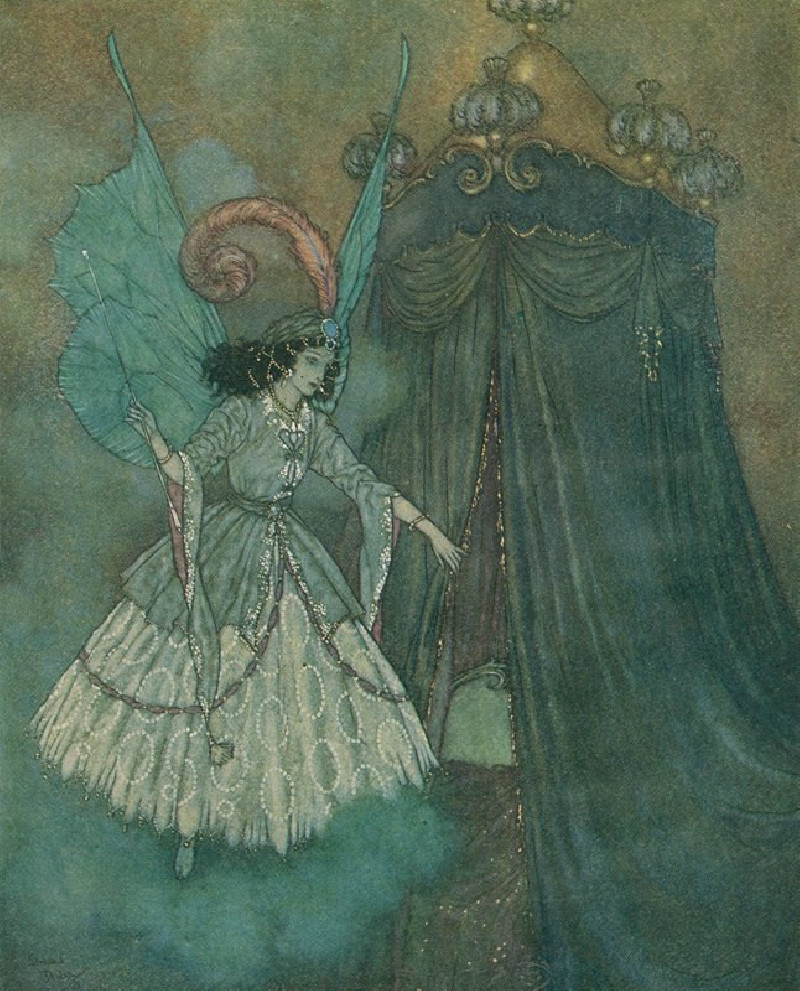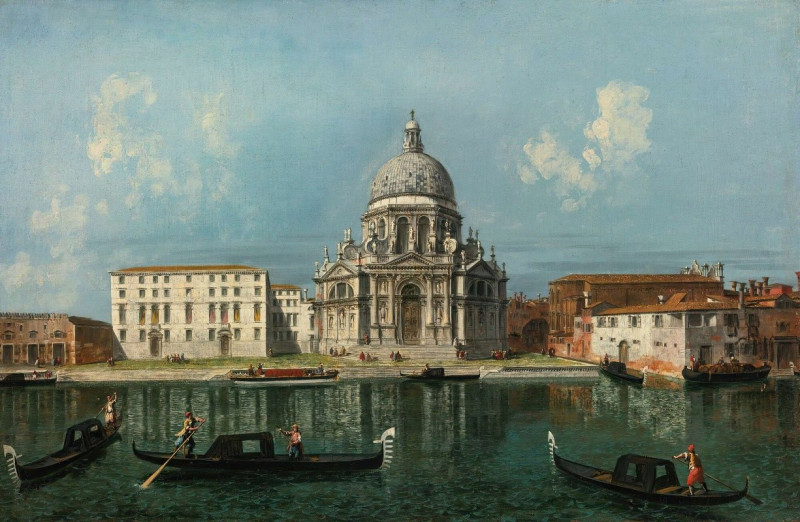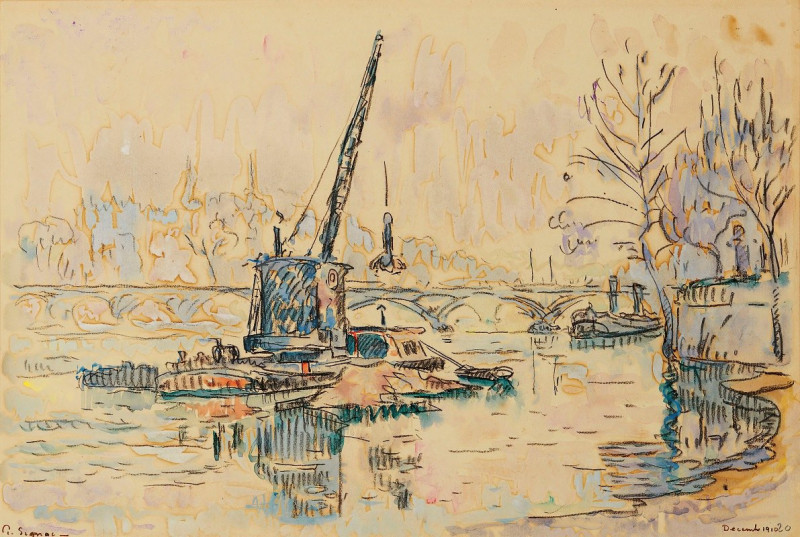Laban Searching for his Stolen Household Gods (1665-1670)
Technique: Giclée quality print
Recommended by our customers
More about this artwork
The painting "Laban Searching for his Stolen Household Gods," crafted by the noted Spanish Baroque artist Bartolomé Estebán Murillo between 1665 and 1670, depicts a rich and animated biblical scene drawn from the Book of Genesis. This moment captures the dramatic encounter between Laban and his son-in-law Jacob, highlighting a narrative filled with tension and family dynamics.Murillo's composition is set in a lively pastoral landscape, bringing together the serenity of nature with human emotion and interaction. The scene is anchored around a central group featuring Laban and Jacob, who are engaged in a tense discussion. Laban, with a look of accusatory scrutiny, confronts Jacob about the gods that have been stolen from him. Jacob, portrayed mid-gesture, seems to be earnestly defending himself and his family from the accusation.To the left, Jacob's wife, Rachel, who is actually the one who took the idols, is seen inside a tent, adding a layer of dramatic irony to the scene as she overhears the confrontation. Around her are various family members, each absorbed in their activities or looking on anxiously, suggesting the ripple effect of the accusation on the family.The landscape is alive with activity; to the right, the canvas stretches out to include shepherds with their flocks and camels, bridging daily pastoral life with this moment of familial crisis.
Delivery
Returns
Bartolomé Esteban Murillo (December 1617, January 1, 1618 – April 3, 1682) was a Spanish Baroque painter. Although he is best known for his religious works, Murillo also produced a considerable number of paintings of contemporary women and children. These lively realistic portraits of flower girls, street urchins, and beggars constitute an extensive and appealing record of the everyday life of his times. He also painted two self-portraits, one in the Frick Collection portraying him in his 30s, and one in London's National Gallery portraying him about 20 years later. In 2017–18, the two museums held an exhibition of them.


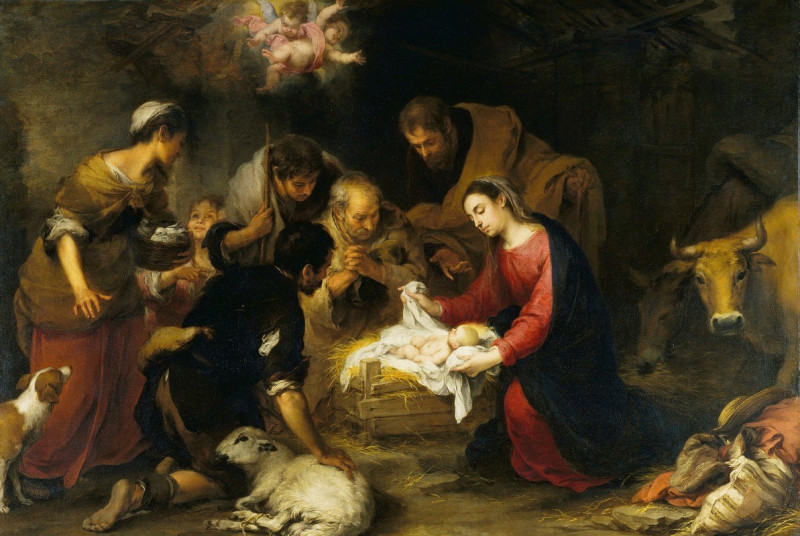
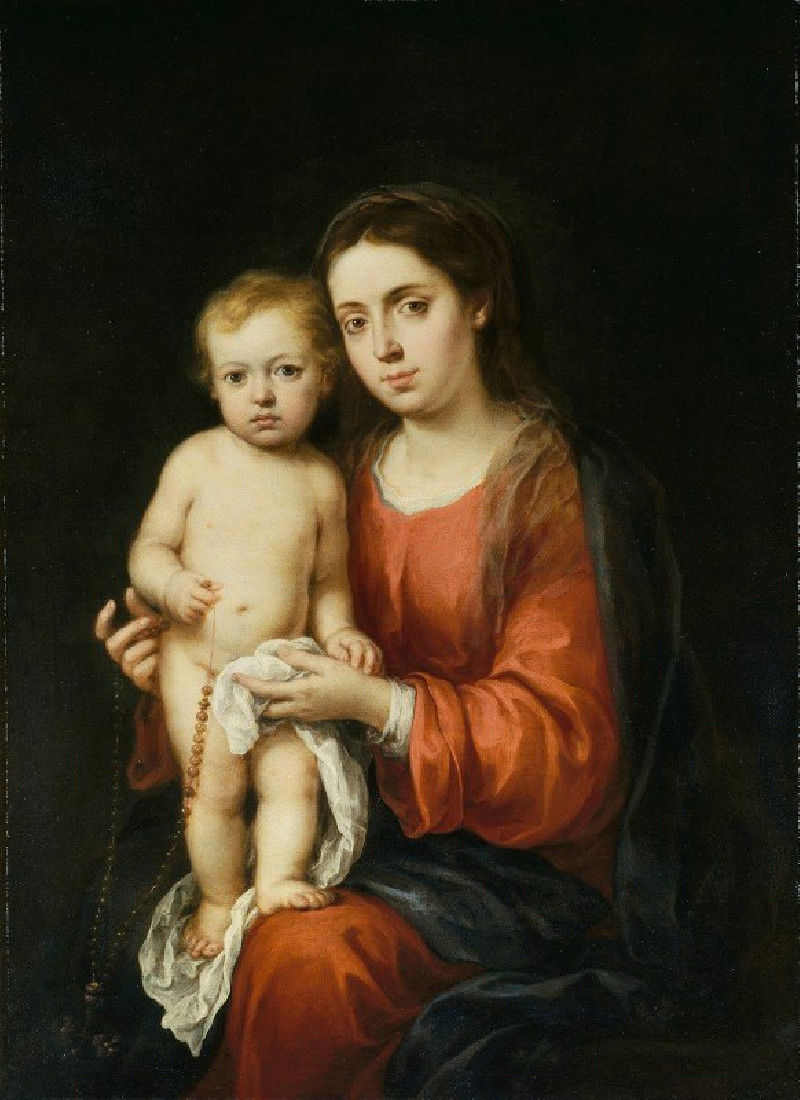




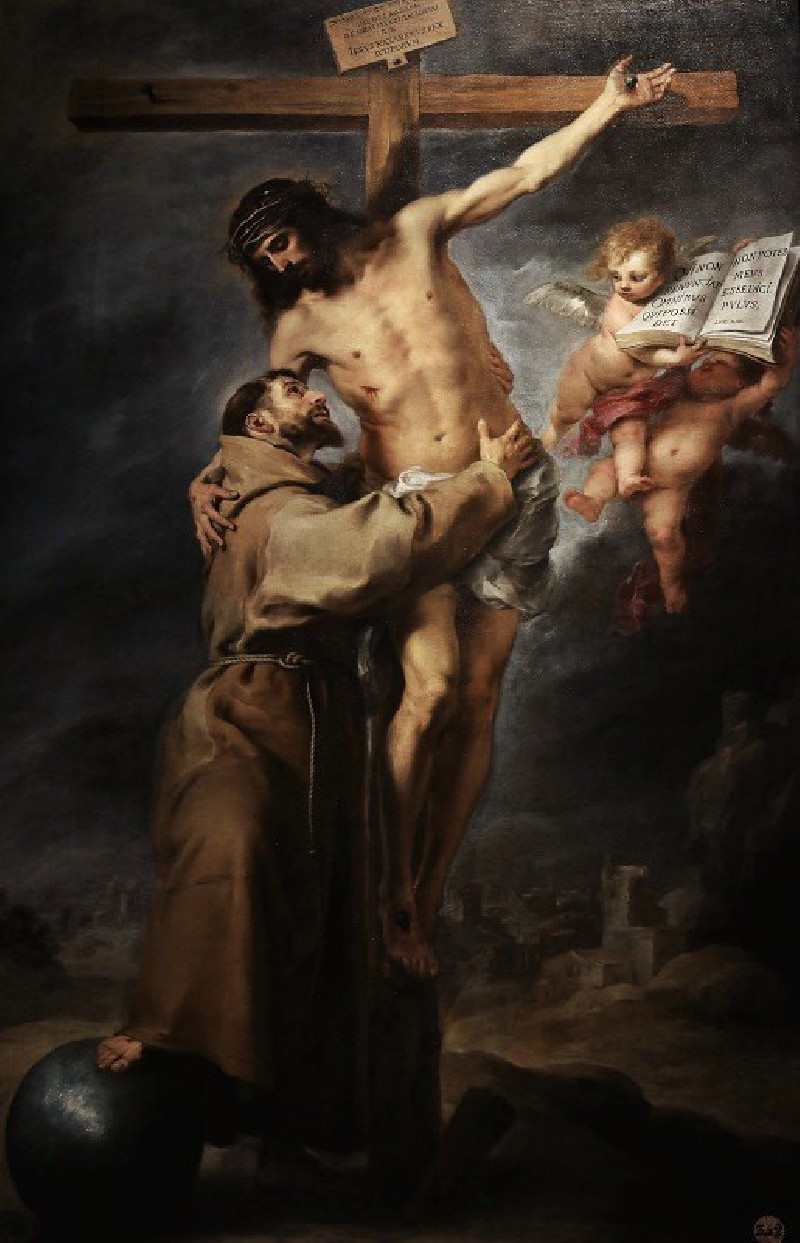

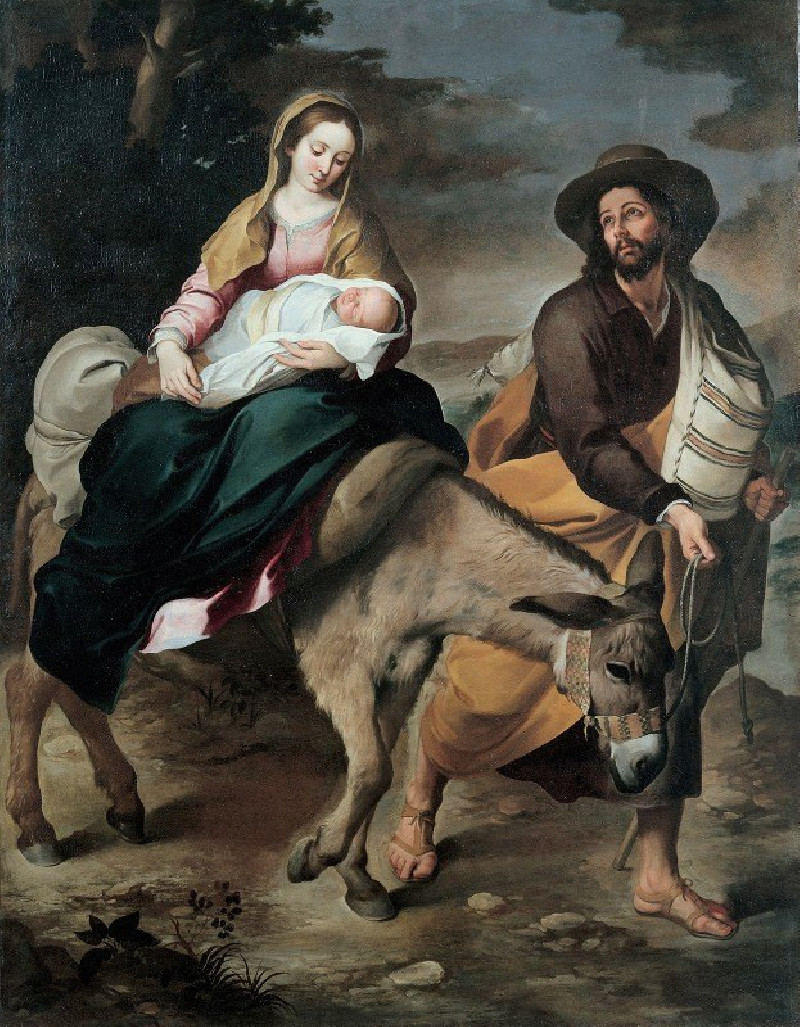
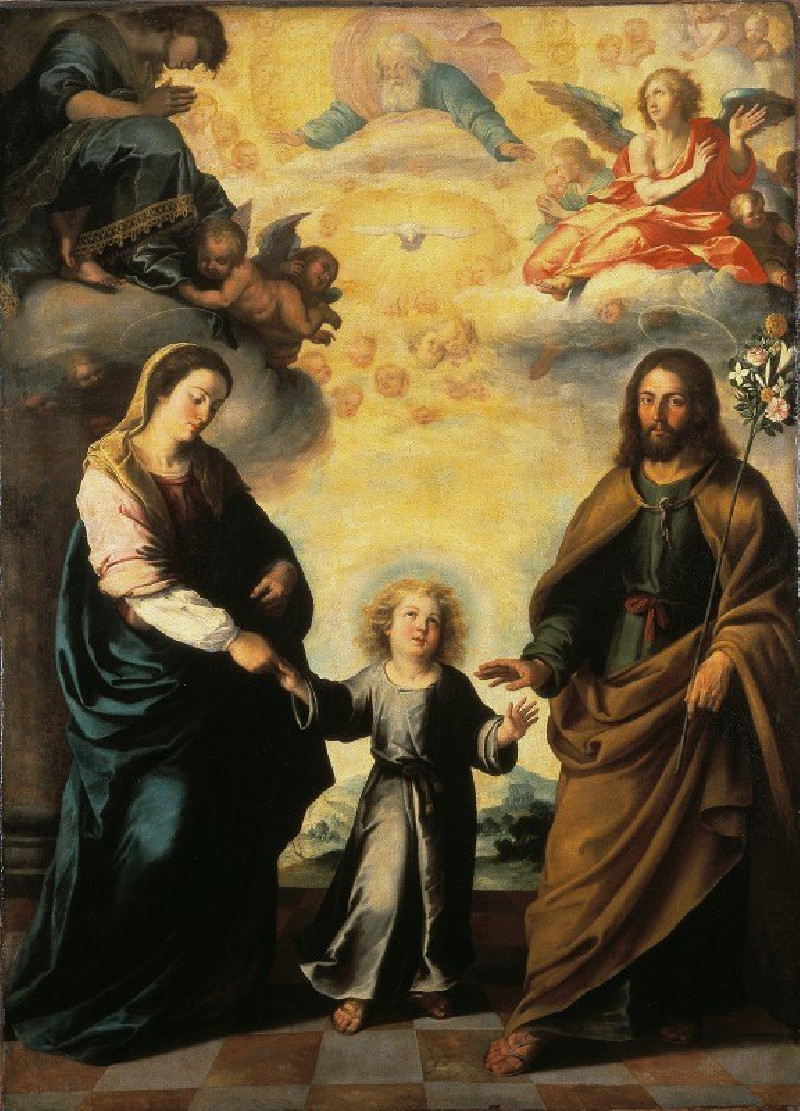
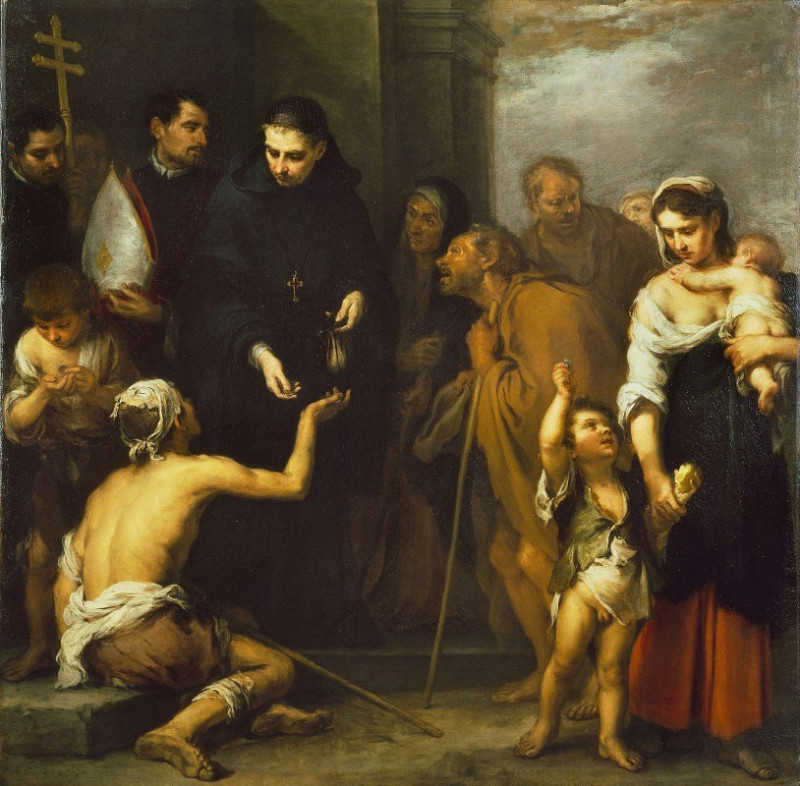
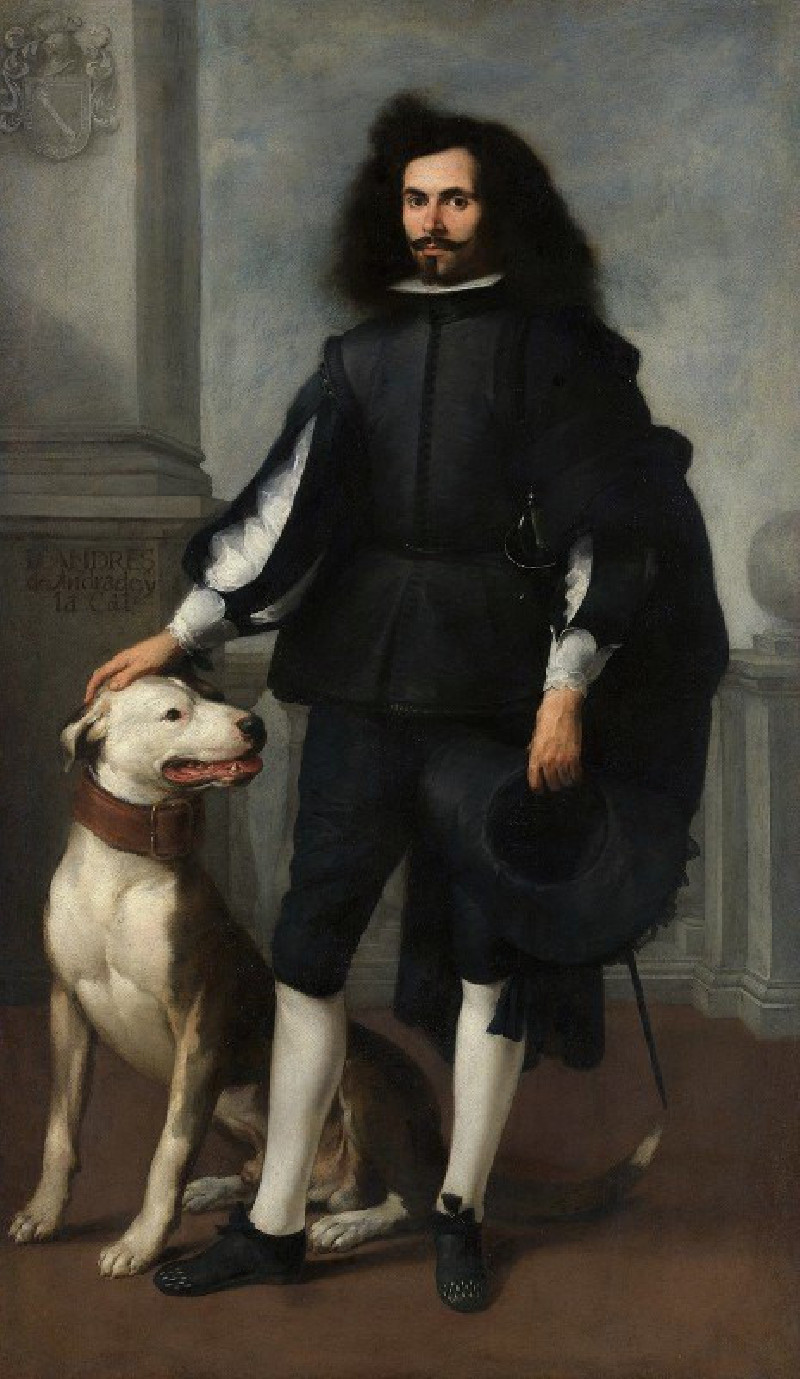
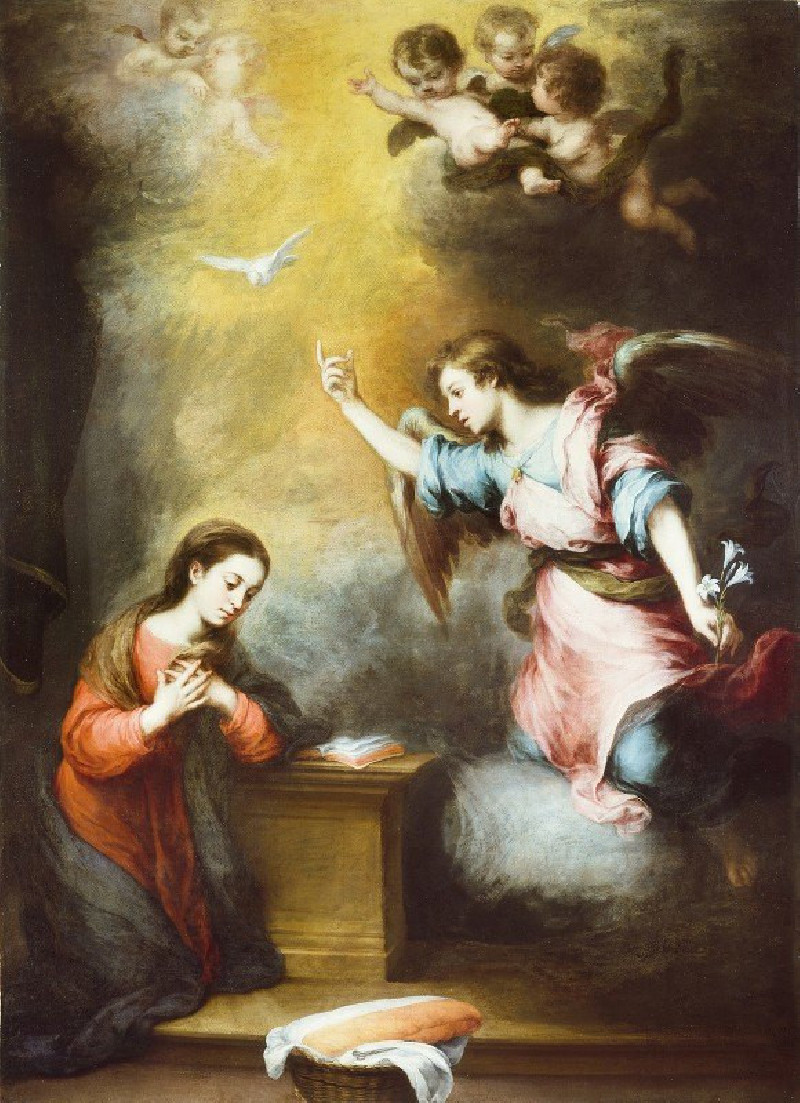

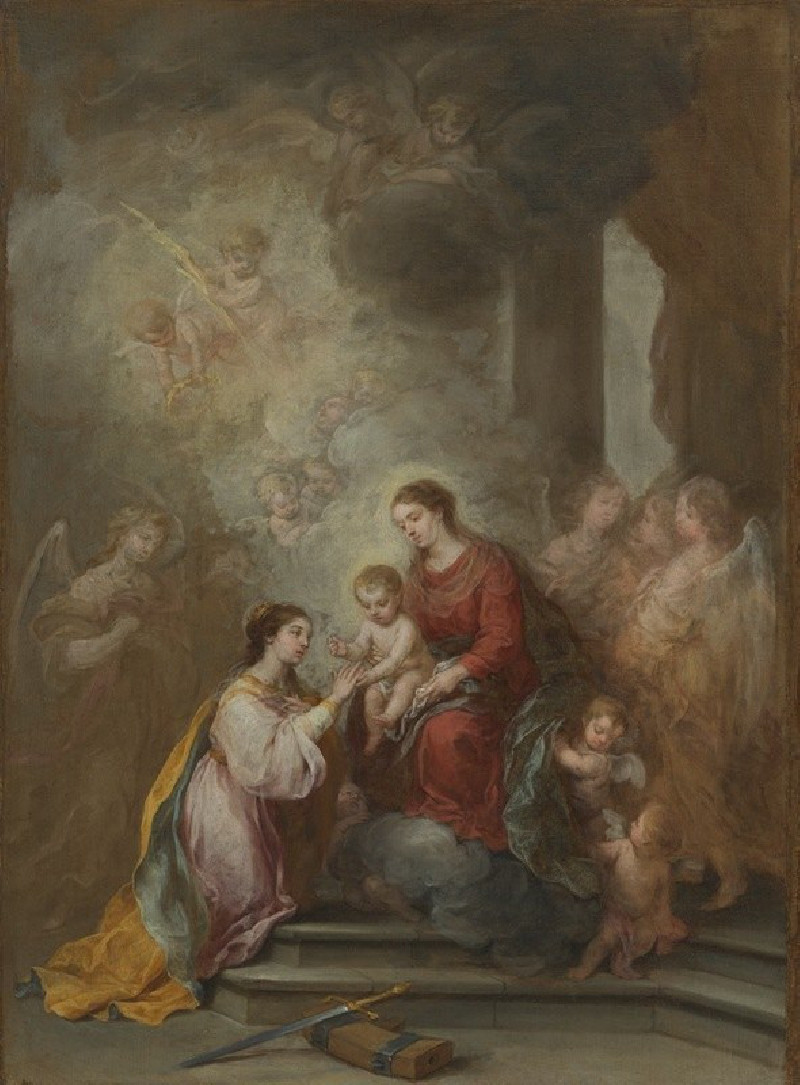
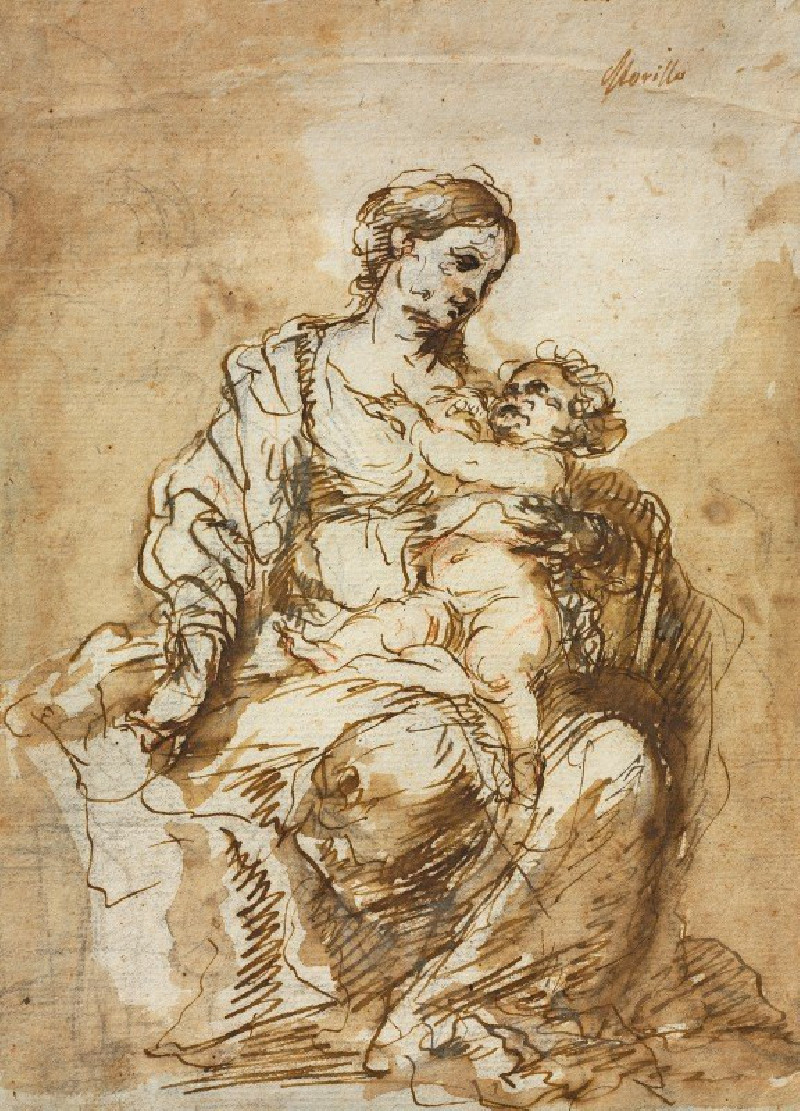
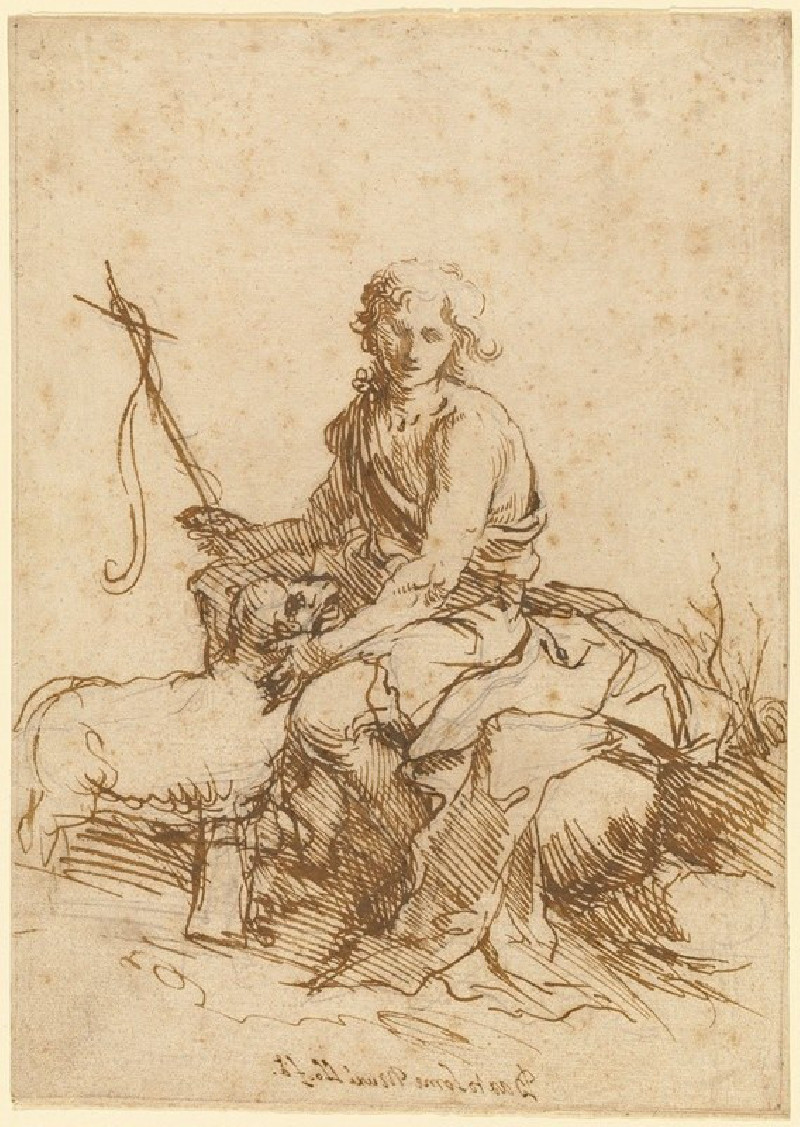

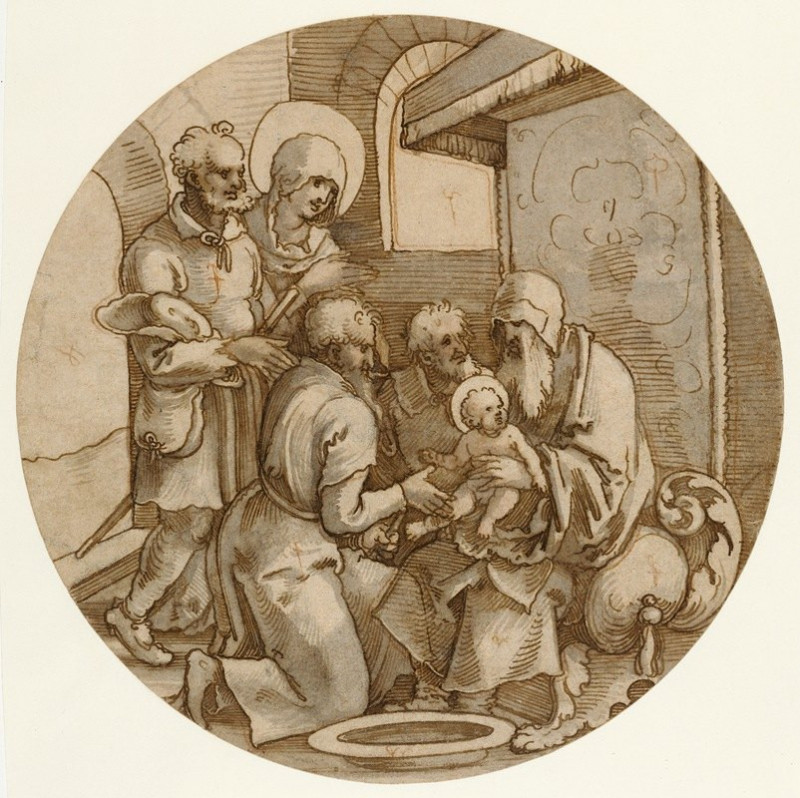


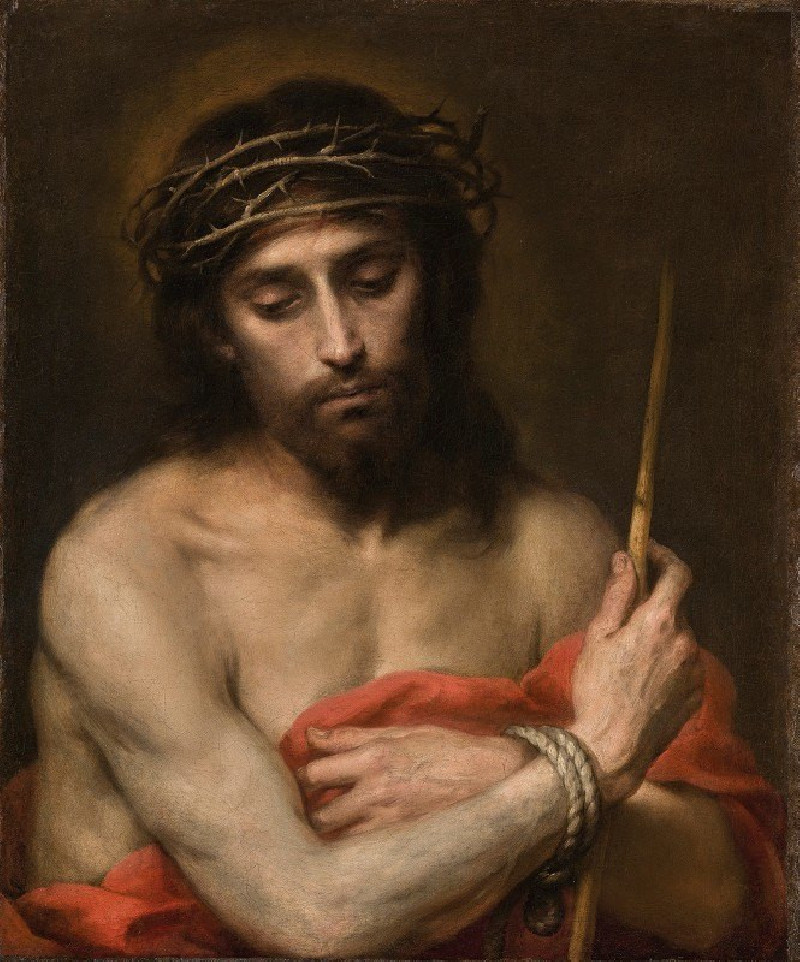
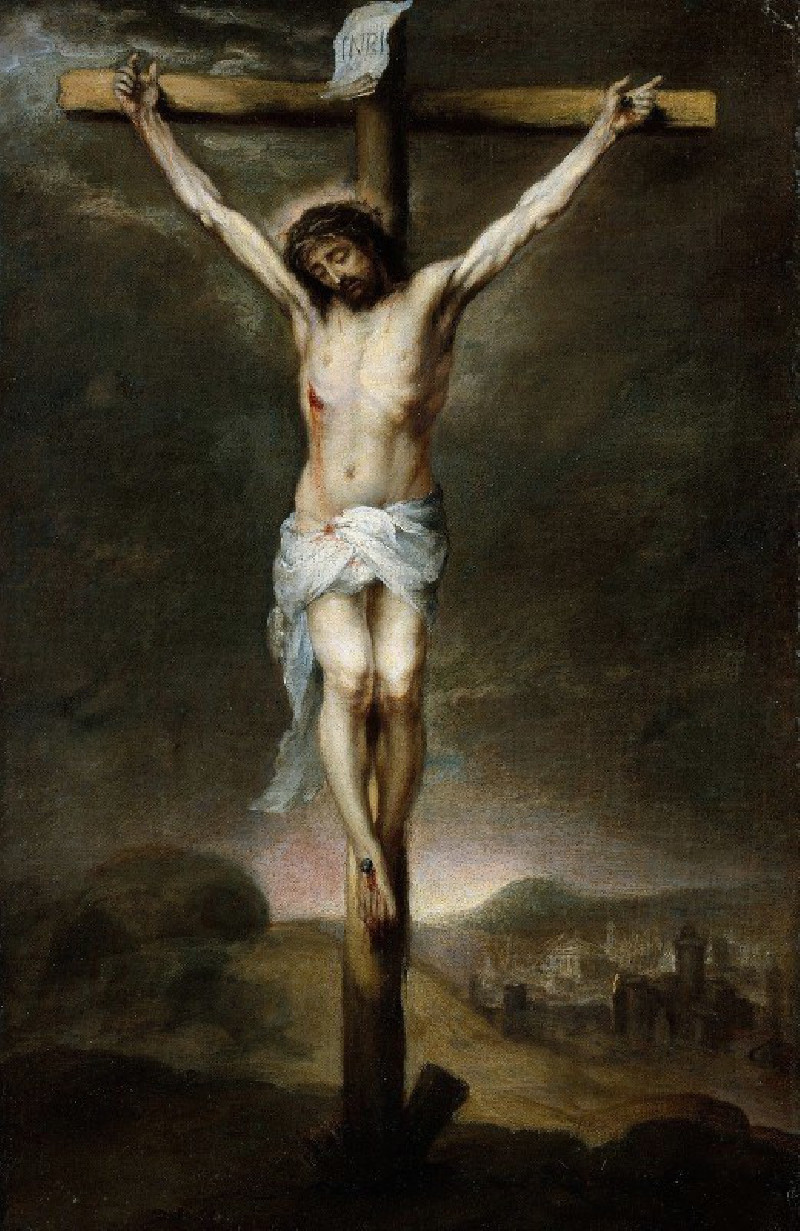
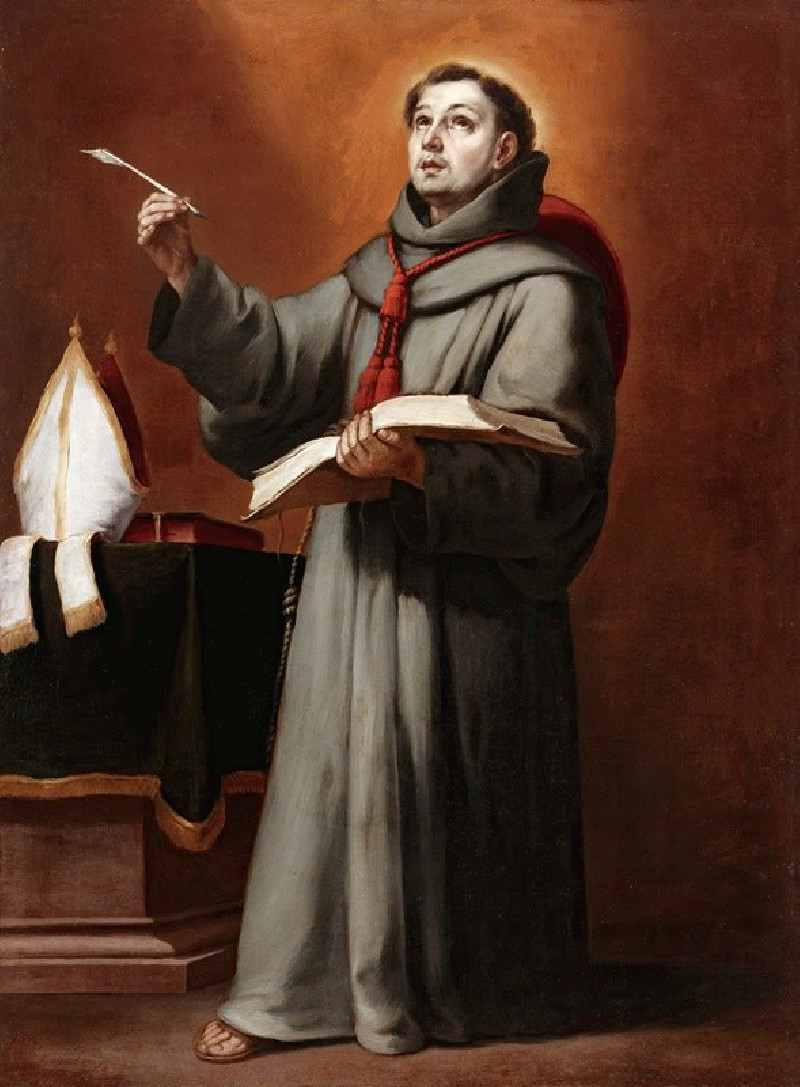
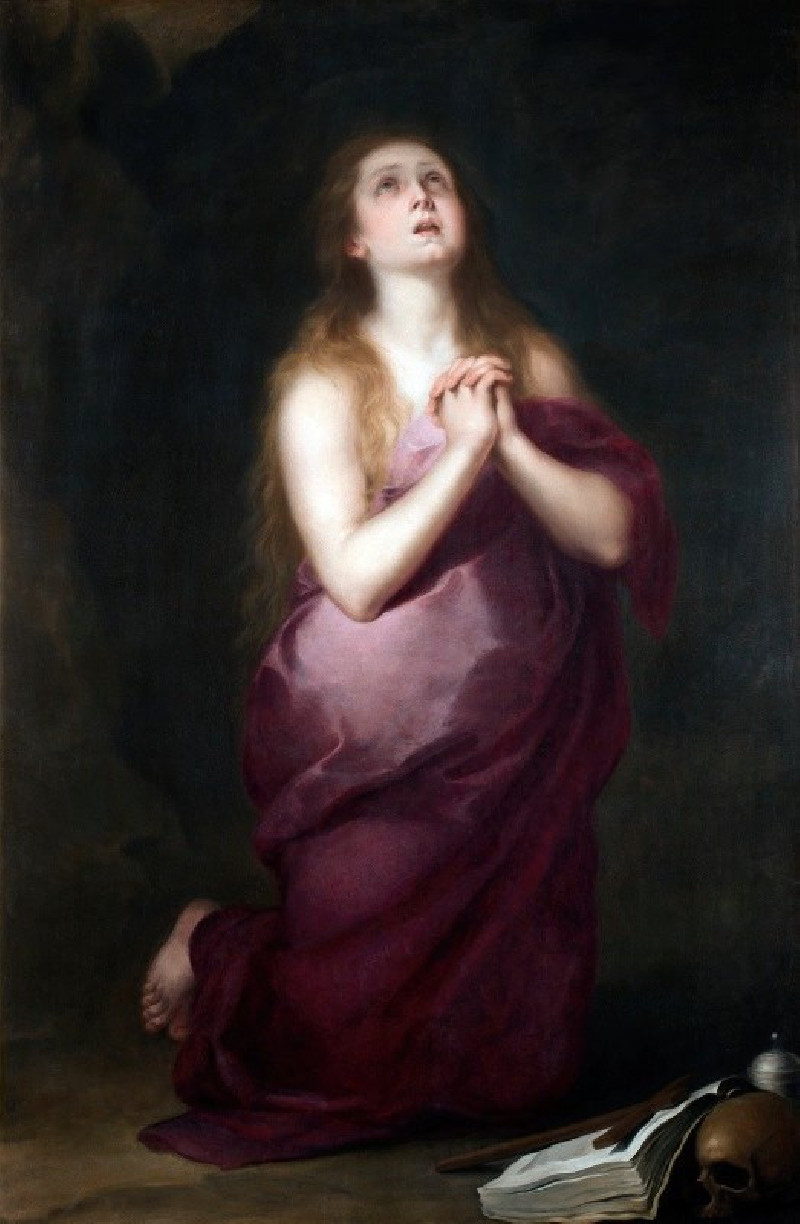

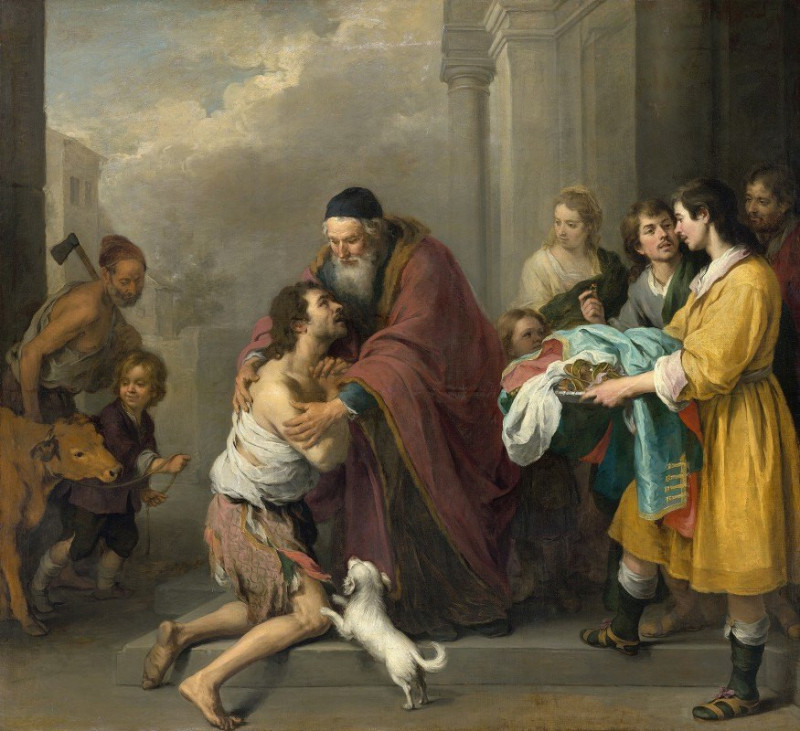
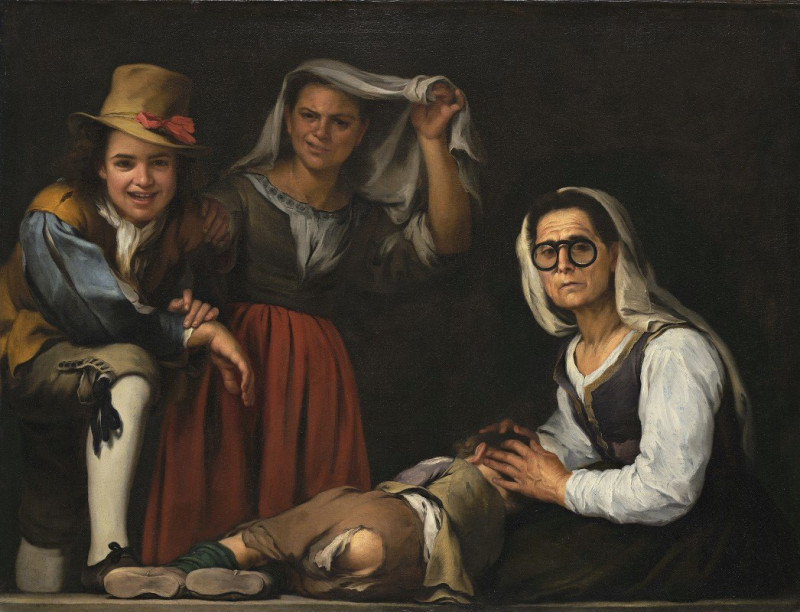

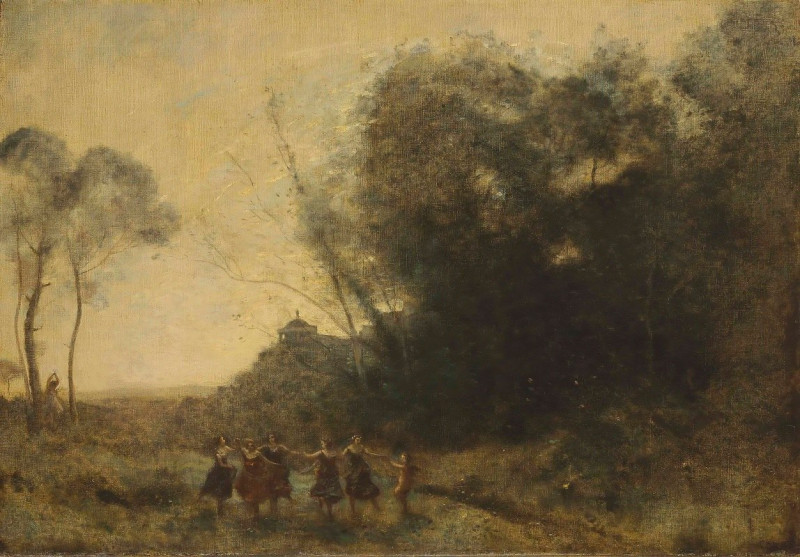
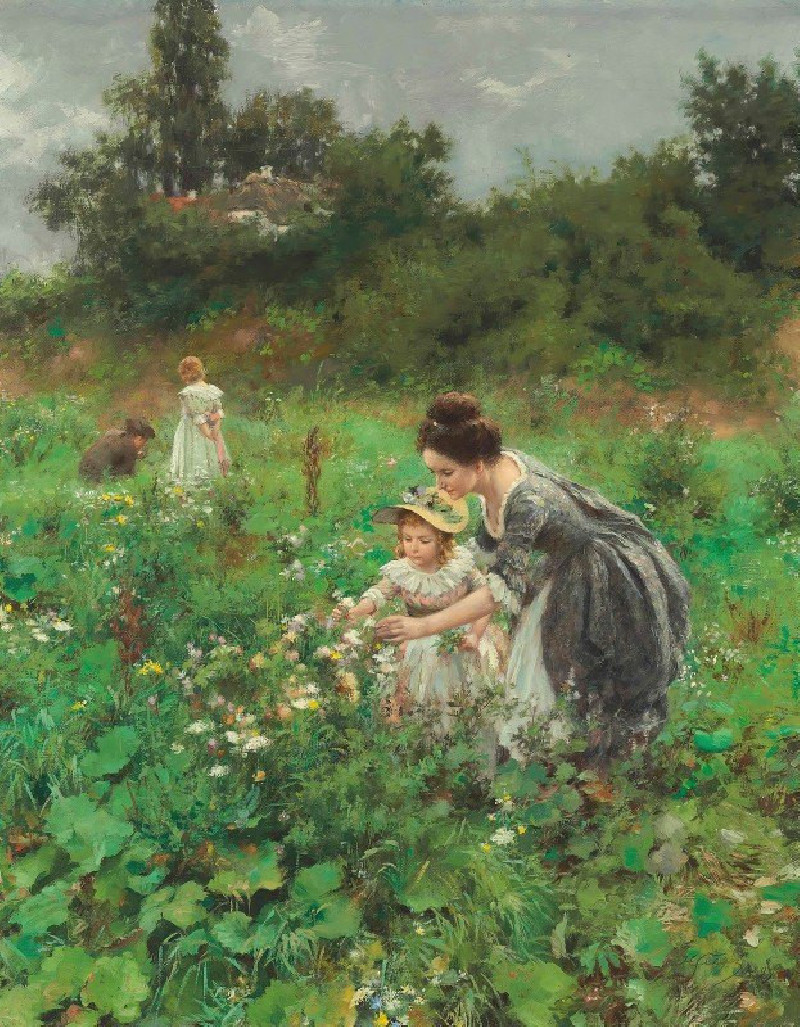
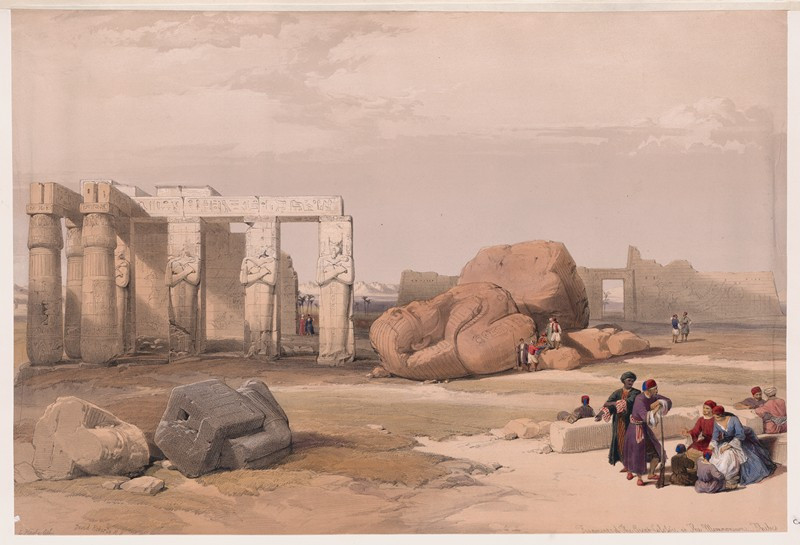


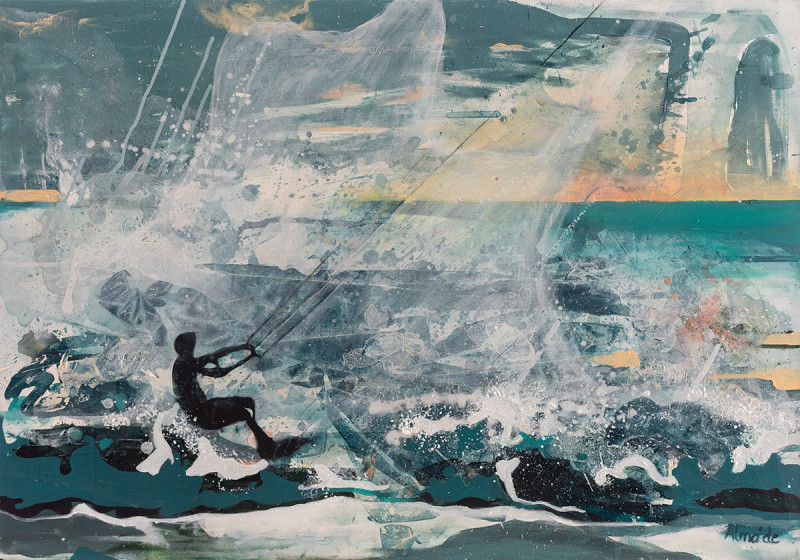
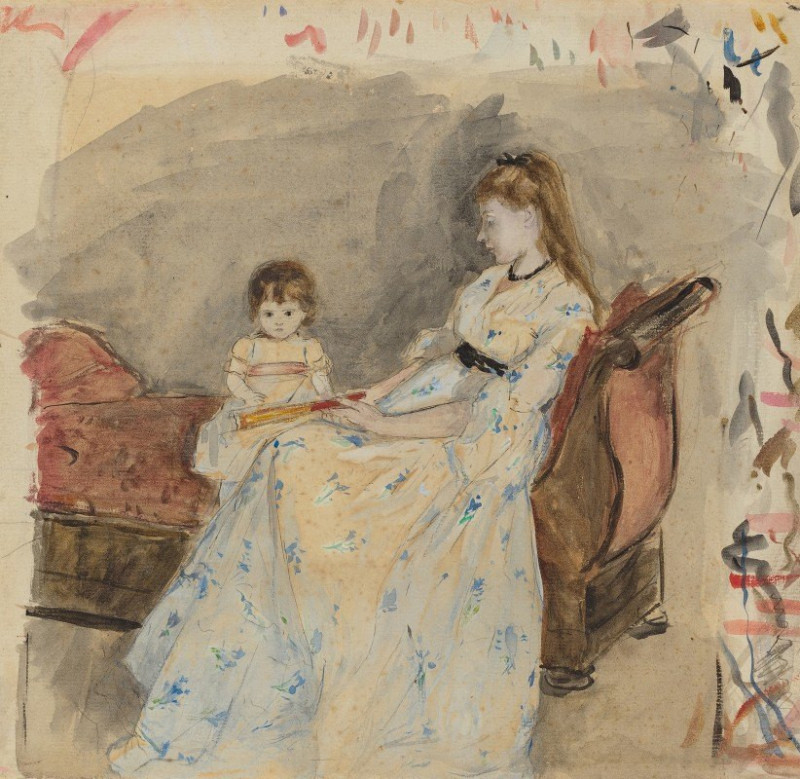



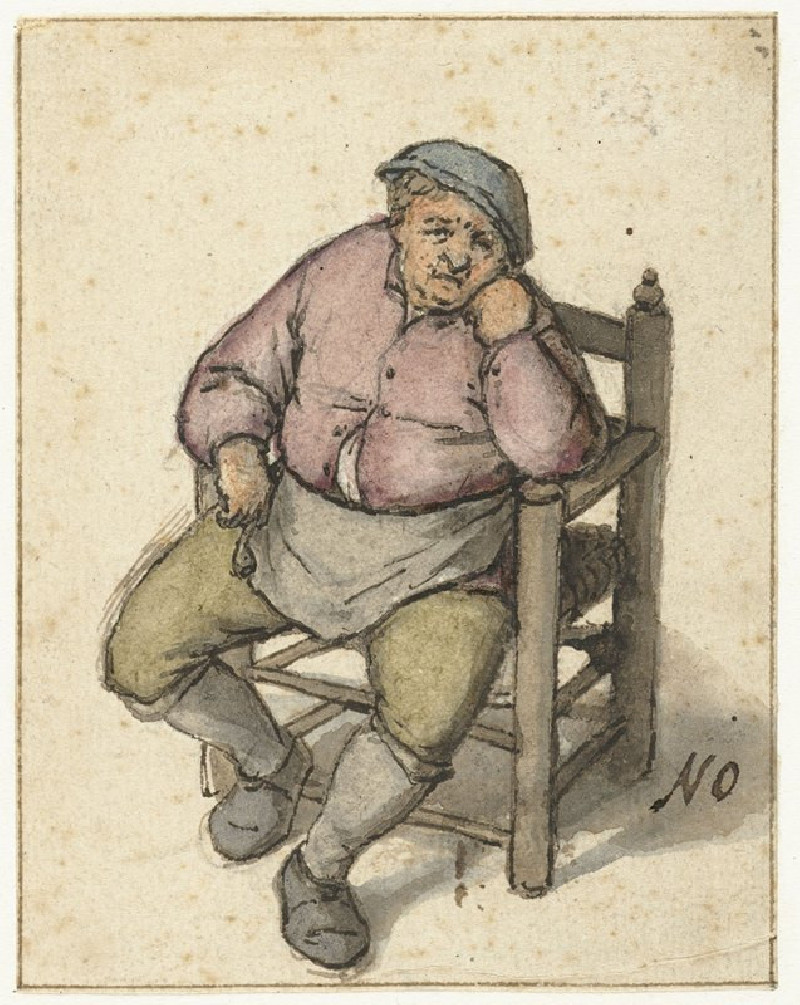
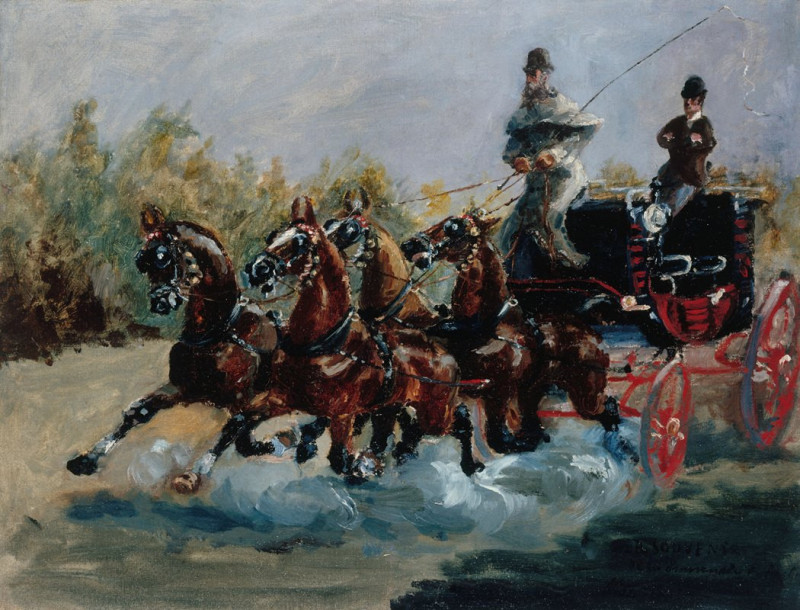
![Interior of the mosque of the Sultan El Ghoree [Masjid al-Ghuri]. (1846-1849) reproduction of painting by David Roberts. ALL ...](https://reprodukcijos.lt/39128-large_default/reproduction-of-interior-of-the-mosque-of-the-sultan-el-ghoree-masjid-al-ghuri-1846-1849.jpg)
